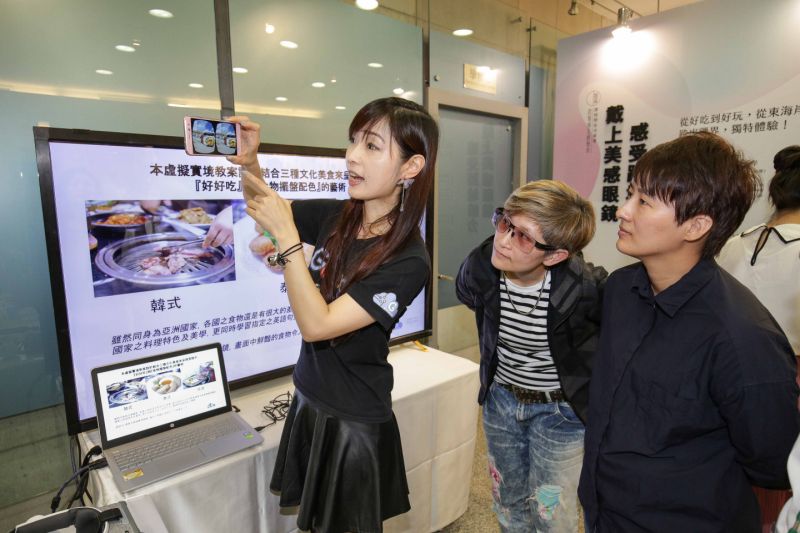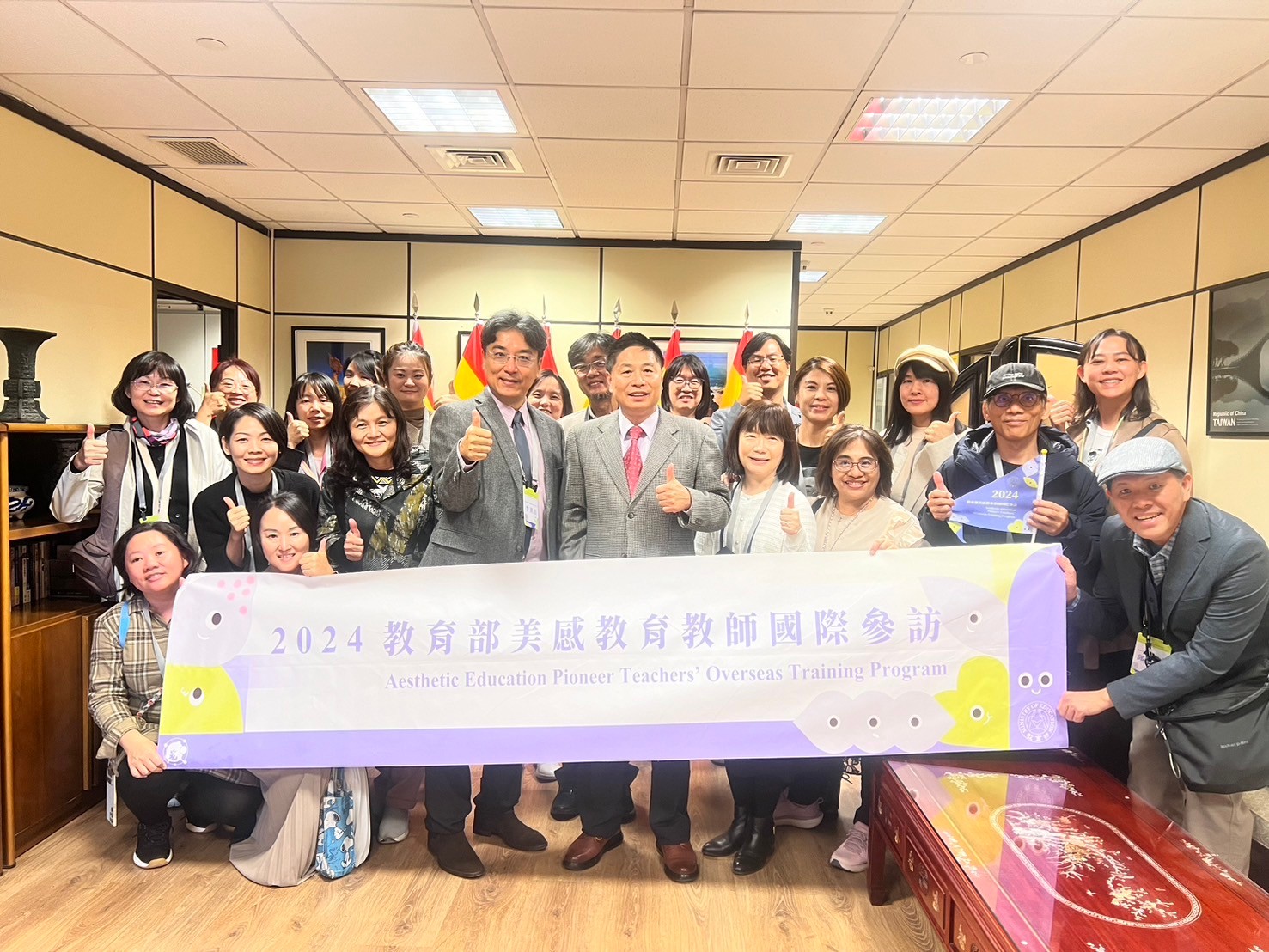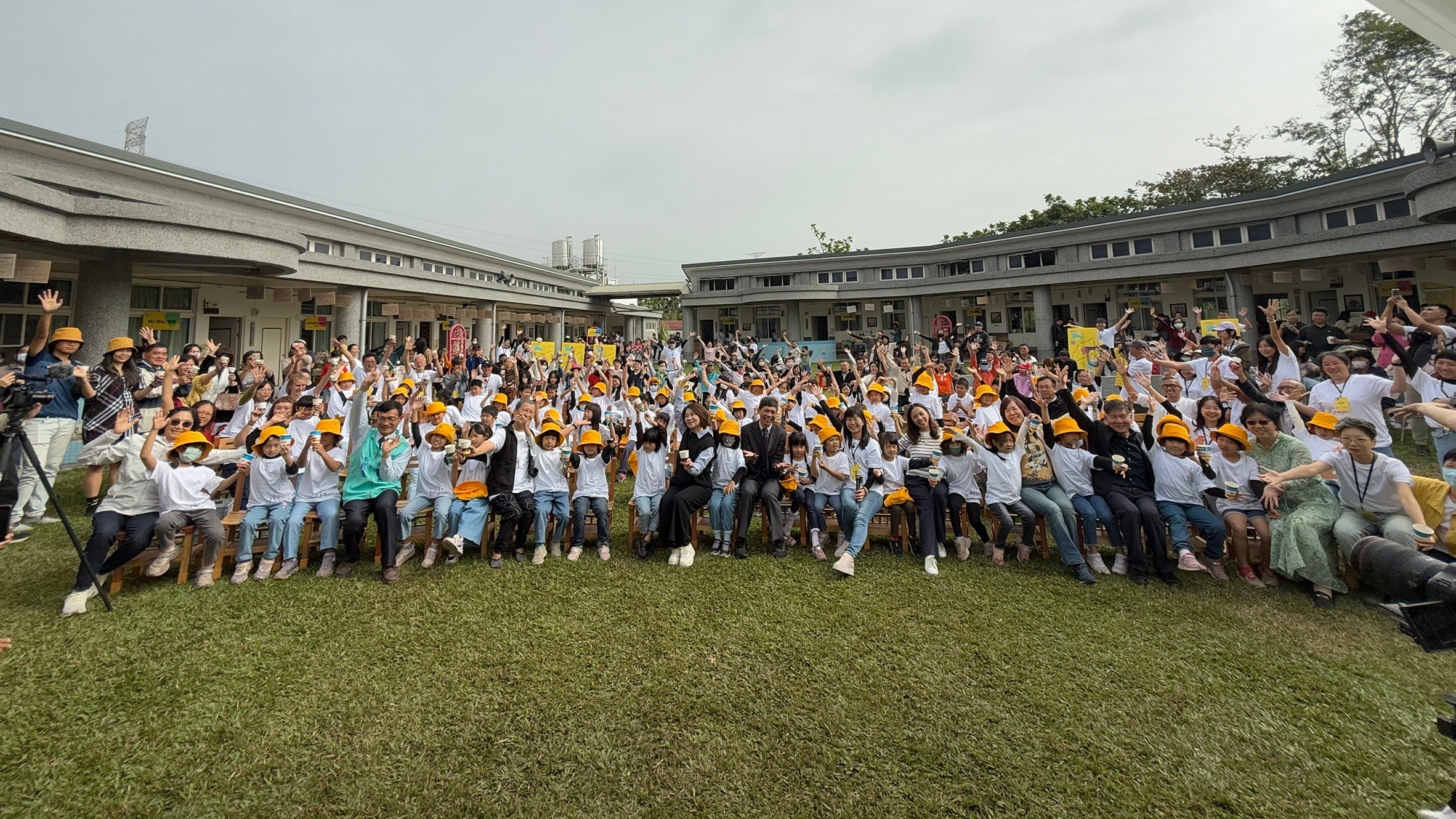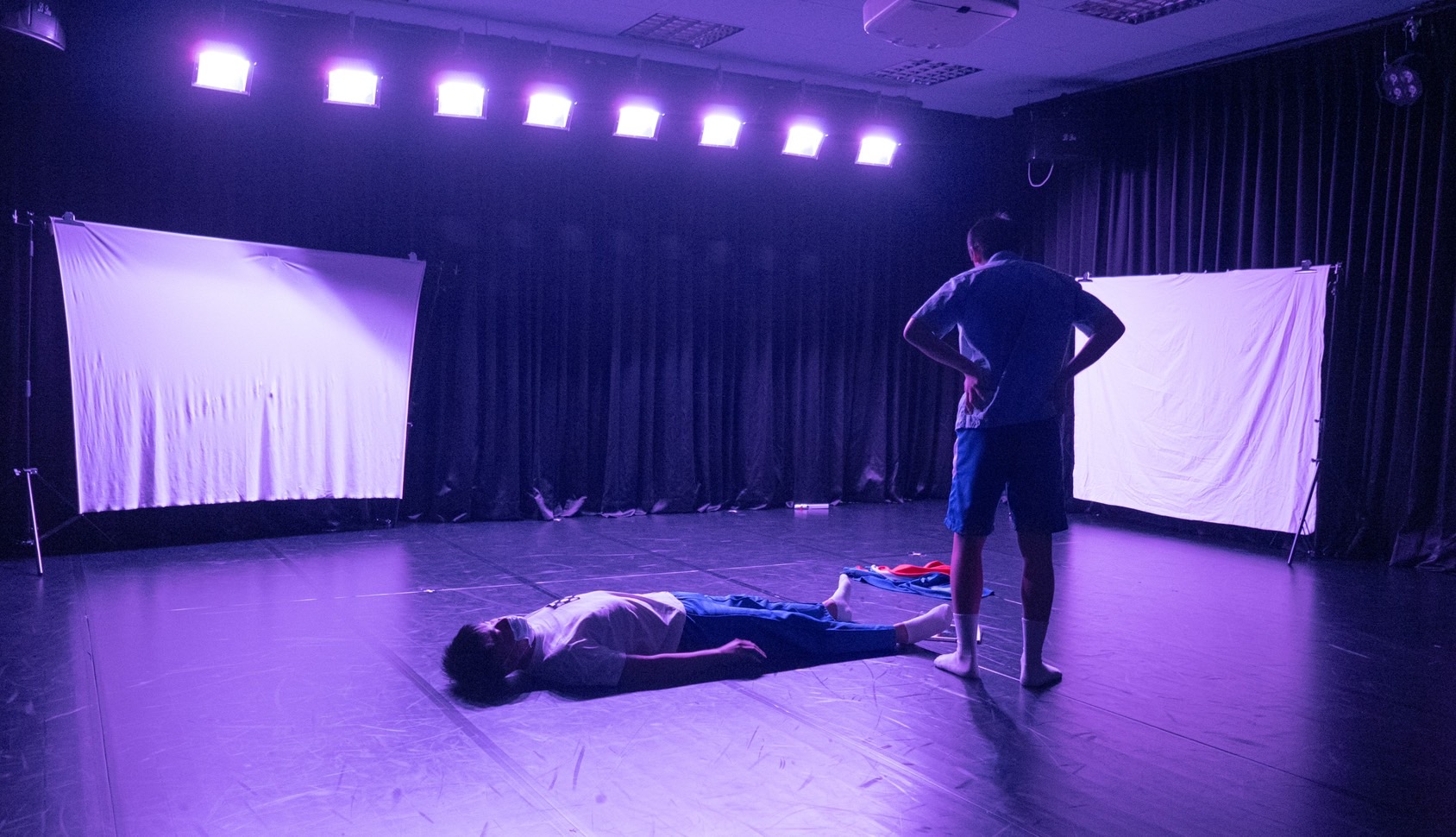School can be very different! 300 cross-field experimental lesson plans use aesthetics to flip the classroom
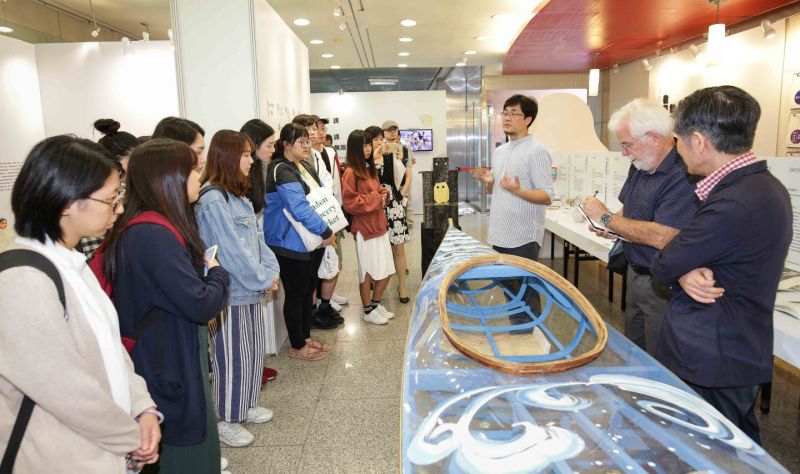
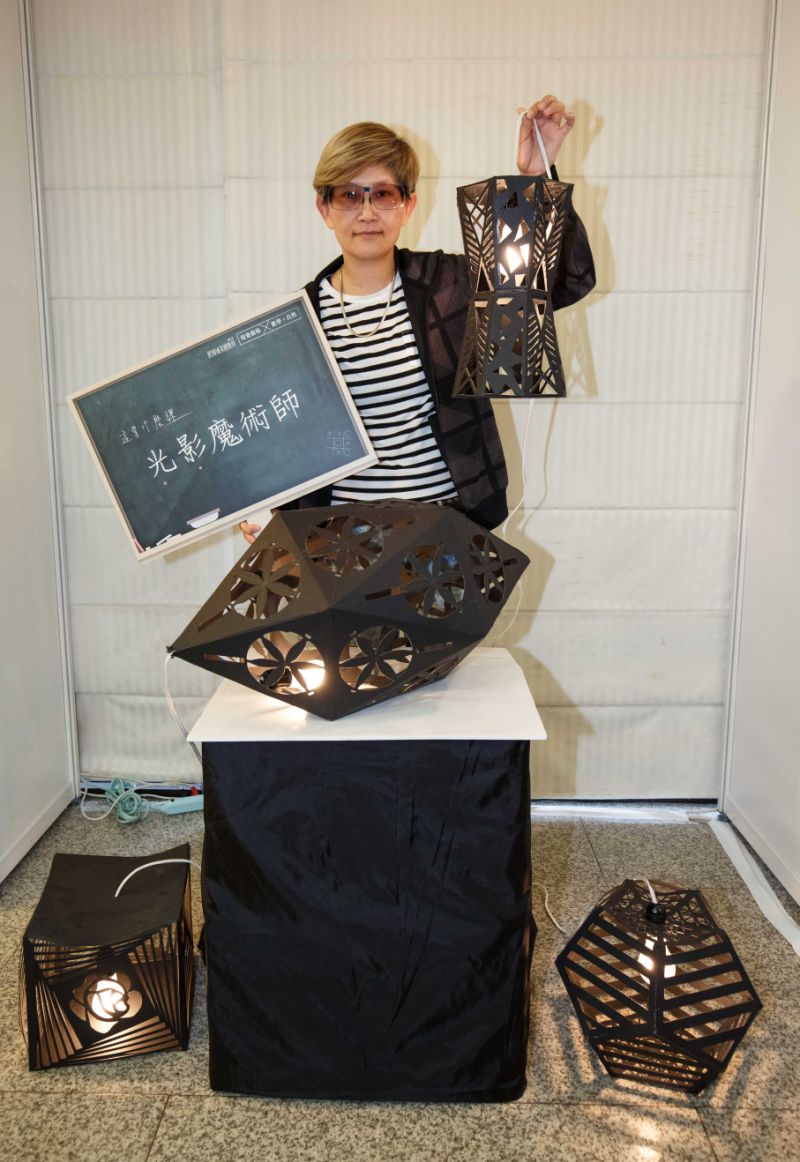
News source:Yahoo
"Cross-disciplinary talents" are the current focus of Taiwan's education in cultivating talents! While people from all walks of life are still paying attention to the issue of developing cross-field talents in Taiwan, there are already 177 elementary schools, junior high schools, and high schools in Taiwan. Driven by teachers, more than 10,000 teachers and students have invested in the "" "Cross-field aesthetic education experimental course development plan", after five years and the second phase of the plan, more than 300 cross-field aesthetic experimental course plans have been developed! The courses in these schools are very different. They are no longer just divided into subject areas, but are now cross-disciplinary classes!
In math class, students are making three-dimensional lighting or painting sand sculptures on the beach. In chemistry class, students were actually writing lyrics. In the biology class, students are arranged to go to campus to do plant science drawings. In social studies class, students are asked to write marketing copy for a community coffee shop. The Chinese language class asked students to rehearse the empty city plan. Classes in schools today can be very different, and it’s hard to imagine “What class is this?”
Currently, a total of 177 primary and secondary schools at all levels across Taiwan are participating in the "Cross-field Aesthetic Education Experimental Curriculum Development Project". Through the enthusiasm of teachers from different fields to cooperate and the organizational and learning abilities of students in the course, the experiment has been completed. Every task in the cross-disciplinary aesthetic education course is designed to cultivate innovative creativity and problem-solving abilities.
In order to present the results of the second phase of the "Interdisciplinary Aesthetic Education Experimental Curriculum Development Plan for Secondary Schools and Elementary Schools", a results exhibition "What is this lesson?" jointly participated by 177 schools will be held from today (4th) to 9 Held in the lobby on the first floor of the National Taiwan Normal University's Promotion Department, the event will last for 6 days and will focus on "Infinite Possibilities of Teaching," "Infinite Possibilities of Learning," and "Infinite Possibilities of Fields" to present the importance of educational change. The key is to experience the innovative appearance of future classrooms, and invite teachers, students and parents across the country who care about education to watch and understand what these classes are!
On the first day of the opening today, there will be a guided tour, and the leader of the planning team, Professor Zhao Huiling, the dean of the National Taiwan Normal University School of Art, and teachers from five schools in the north, central and southern districts will be invited to explain the design course features to the media. Zhou Yurun, one of the top 100 designers in Taiwan and head of KEV design who designed aesthetic education courses for Hualien Fuxing Elementary School, also attended the exhibition and had a dialogue with teachers on "cross-field aesthetic education"!
Peng Baoshu, Section Chief of the Art Education Section of the Department of Teachers and Arts of the Ministry of Education, said that "cross-disciplinary" and "innovative education" are the core elements of the 12-year national education. This plan centers on art teachers and combines cooperation with other subject resources. At the same time, in 106 Join 110 primary schools to participate, allowing cross-field aesthetic education to take root. The "Interdisciplinary Aesthetic Education Experimental Course" has been promoted since the 103rd year of the Republic of China. In line with the spirit of the 12-year national education curriculum, it cultivates students' ability to "take it with them". She emphasized that cross-disciplinary abilities are very important for students, especially It allows high school students in China to add elements of art and aesthetics to the more rigid subject knowledge. In addition to cultivating aesthetic literacy, it can also enhance their interest in the subject.
Zhao Huiling, team leader of the "Cross-disciplinary Aesthetic Education Experimental Curriculum Development Project" and dean of the School of Arts at National Taiwan Normal University, pointed out that although digital technology is now developing strongly, the Internet is a very important source of information for students, but in the online world The messages retain a lot of audio and visual elements, and "beauty" is an important part of the educational trend in Taiwan and even around the world. She emphasized that students' subject learning in school is a knowledge framework, but more importantly, it is to step beyond the knowledge framework and cultivate the ability to integrate in daily life. She further pointed out that cross-field aesthetic education is also a curriculum design with students as the main body. She hopes that the student-centered educational atmosphere can really be implemented and echo the cross-field core competencies of the 12-year national education.
The cross-disciplinary aesthetic education experimental curriculum development project exhibition is divided into three exhibition areas: graphic lesson plans, three-dimensional works, and documentary films, as well as a VR experience area. In addition to diversifying the appearance of future classrooms, it also uses new technology to integrate into teaching! The results of nearly 200 "cross-field aesthetic education courses" in 177 schools can be seen. There are painted canoes, fantastic geometric lighting, and super literary and youthful marketing copy written by students.
After watching the exhibition, Zhou Yurun, one of the top 100 designers in Taiwan and the head of KEV Design, who worked with teachers and students at Hualien Fuxing Elementary School for a year to design aesthetic education courses, highly affirmed that each school approaches aesthetic education from different angles. Taking the example of Jia Boqi's experience of the beauty of fonts in college and the development of the Apple brand, he pointed out that aesthetic education has a decisive impact on the development of Taiwan's industry and the internationalization of brands. Aesthetic education definitely does not only exist in art classes, but should be included in every You can feel the importance of beauty in every classroom and every corner, which will affect everything students do in society in the future!
